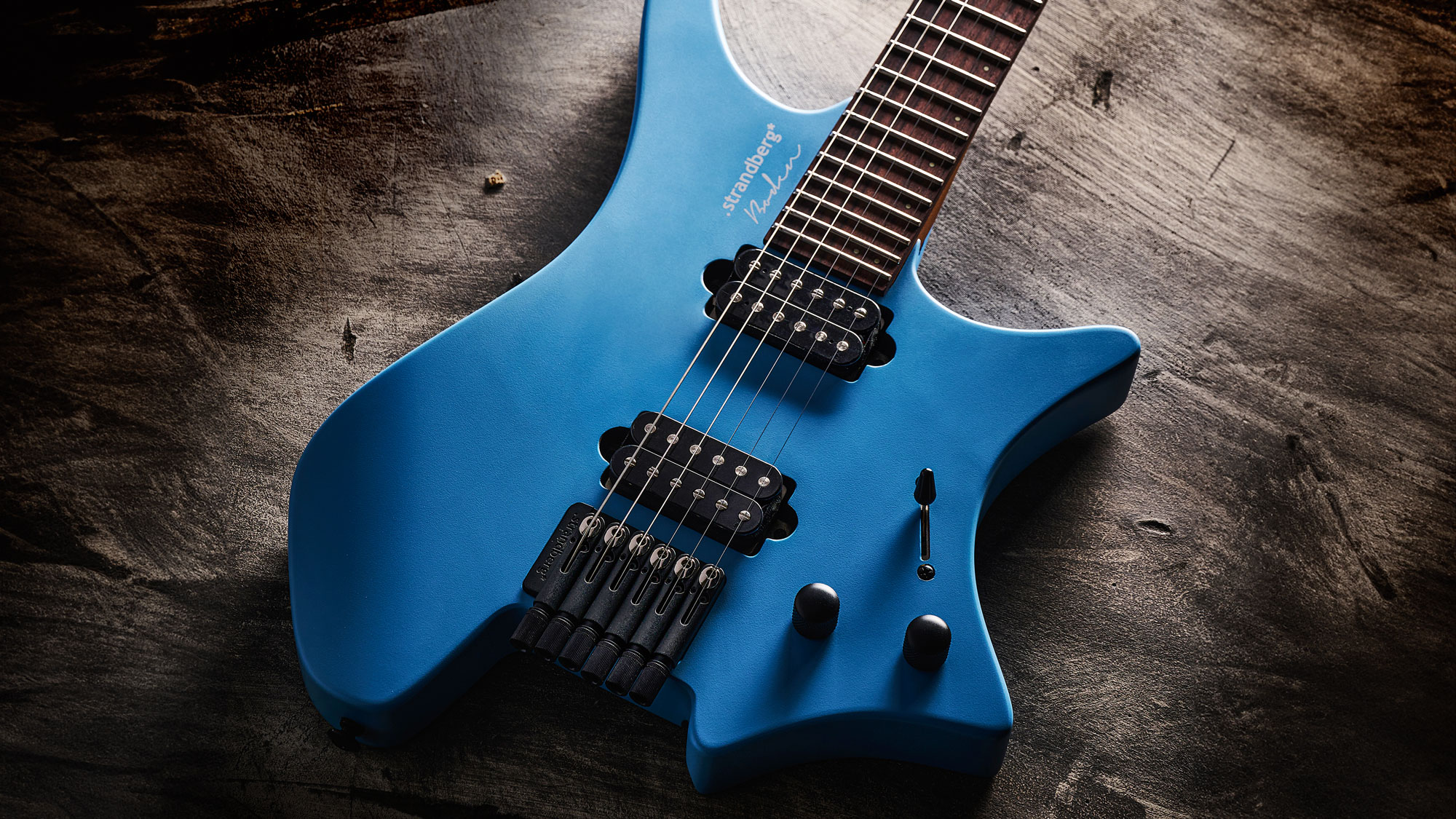
Headless guitars have risen phoenix-like from the ashes in recent years. They came to prominence in the 1980s when the heavy through-neck slabs of cocobolo and brass that characterised guitar design in the late ’70s fell from favour, and the whiff of patchouli oil that lingered around rock music went with them.
The age of the synth had begun and, suddenly, rockstars were more likely to wear Armani suits than kaftans. Headless instruments by companies such as Steinberg, Yamaha and Warwick seemed to fit this clean-lined new aesthetic perfectly.
They became so much a part of the look of that era that it’s easy to forget that pure functionality underpinned those headless designs – such as the use of then-novel materials such as graphite to make necks ultra-stable, while the loss of the headstock and minimalist bodies made lightweight handling effortless.
The stronger a look, however, the more tied it is to the era that gave birth to it. Headless guitars had a long stint away from the limelight after the ’80s and it’s only now, some 40 years on, that they seem to be having something of a resurgence – and a lot of that may be down to the efforts of Ola Strandberg, the founder of Swedish guitar maker .strandberg*, to make players look afresh at them.
Scandinavian design is famously good at uniting form and function in an elegant, modernist way. This is certainly true of Ola’s guitars, which make few concessions to tradition in their quest for the ultimate in ergonomic playing performance – though they do make some, which is probably key to the maker’s success.
Unlike the ‘cricket bat’ styling of most ’80s-era headless guitars, .strandberg* guitars have compact but relatively familiar body styling, somewhat resembling a Strat outline in the case of the Boden model and its variants, which are offered with eye-pleasing figured tops. But there tradition ends and evolution begins.
One of Ola’s goals has always been to improve the ergonomics of the electric guitar – losing the headstock means the guitar is more compact and less cumbersome when, for example, seated in a home recording studio, laying down tracks and then editing as you go.
Yet more unconventional is the EndurNeck neck design, which utilises a unique profile that, in cross-section, resembles half a hexagon, though with softly rounded corners.
Ola says the advantages of this unconventional profile include reduced hand fatigue, better hand positioning and greater playing comfort, while permitting the player to grip the neck with greater strength if needed.
The flat planes of the EndurNeck design also twist like a helix subtly along the length of the neck, encouraging ideal hand positioning at any given point and, let it be said, this feels far more comfortable and natural in use than it sounds.
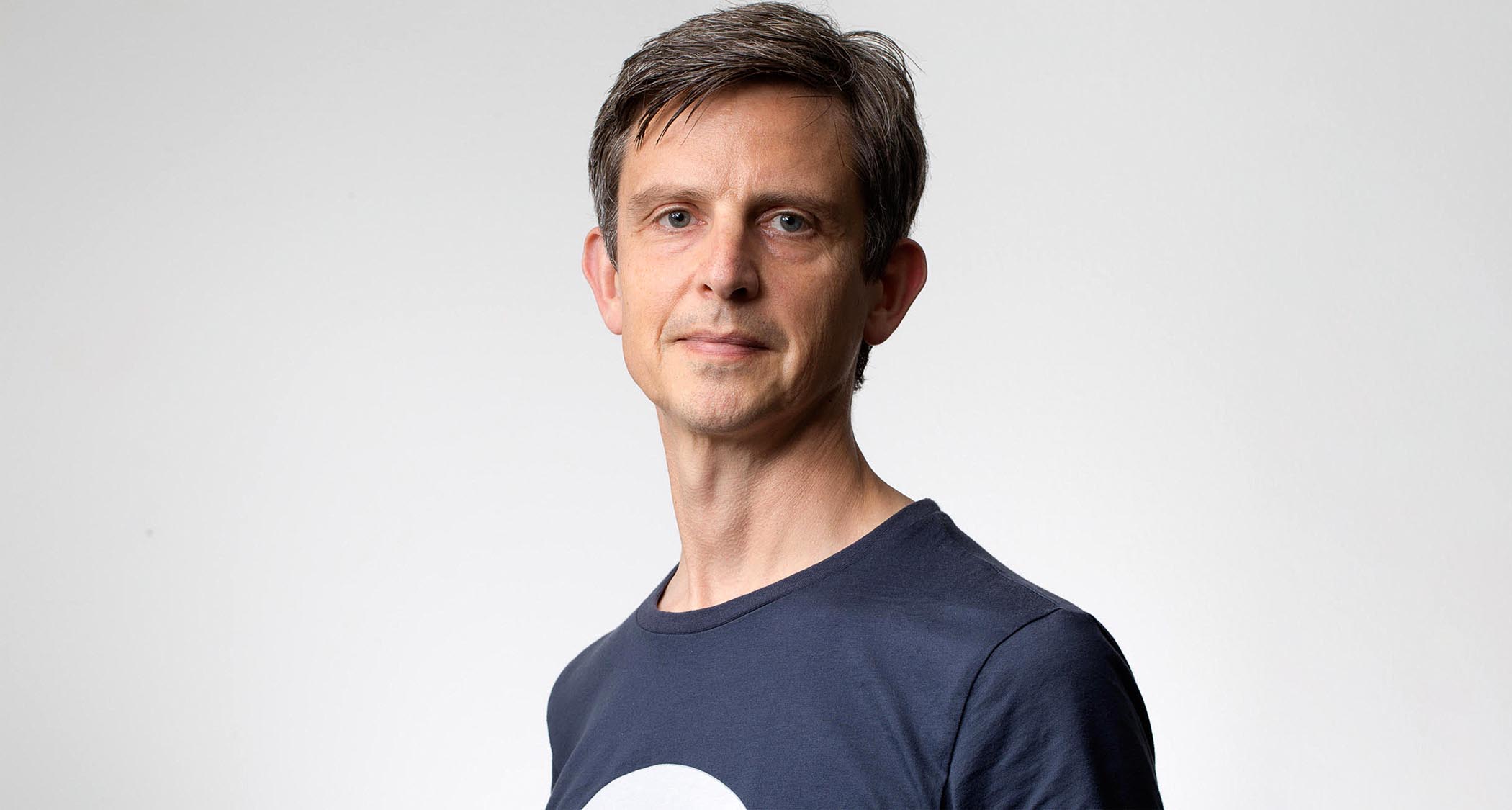
Balking convention even further, the EndurNeck is typically paired with fan frets – which .strandberg* calls ‘multi-scale’ fretting. The idea behind fan frets is that the low strings get the scale length they perform best at – with enough tension to ensure note clarity and cohesion – while the high, unwound strings remain supple and easy to bend. In other words, the best performance attributes of both longer- and shorter-scale guitars but on the same instrument.
Like the EndurNeck system, while they may look unconventional, the multi-scale fretting used on much of the .strandberg* range to date feels surprisingly ‘normal’ to play, requiring little or no adaptation of your playing style while granting the above benefits.
But as with all design features, there is a trade-off. The multi-scale feature is expensive to make, and, for some players, is just a little too oddball. With this in mind, .strandberg* released the Boden Essential, the company’s first sub-$/£1,000 electric, at the 2024 Winter NAMM Show, featuring standard frets and new hardware.
Intrigued, we join Ola to discover if this really is the Goldilocks-style ‘just right’ solution for players interested in .strandberg* guitars but looking for an affordable, familiar entry into the brand.
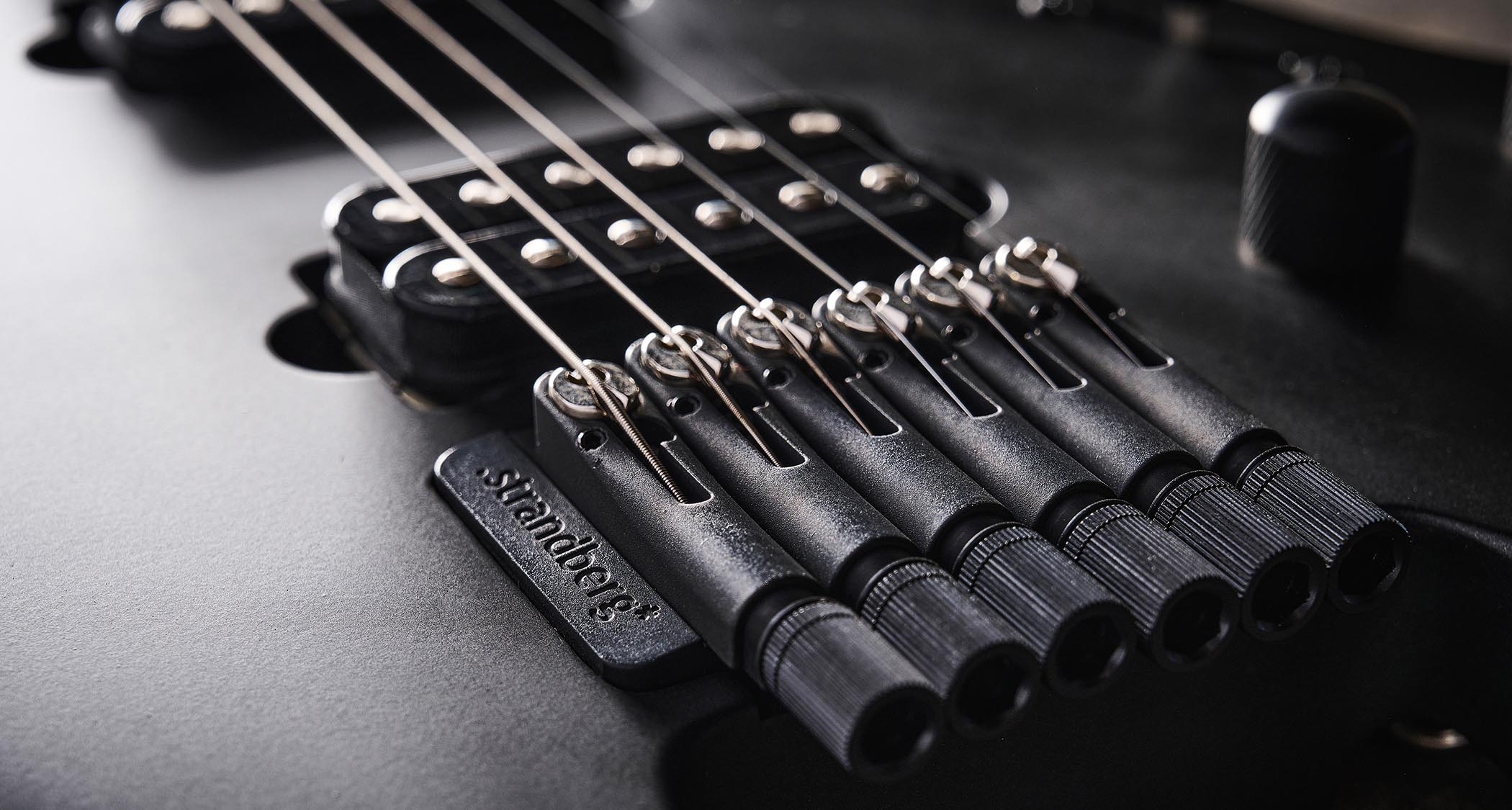
What are the main differences between Boden Essential and the other models that have borne the Boden name prior to now?
“There are two obvious things. One is the price point – it’s not necessarily what we want to lead with when we are telling people about Boden Essential, but obviously it is a very important aspect of it. We’ve chosen instead to base our campaign on the credo: ‘Play more.’ It suggests playfulness but also the act of playing more.
“With .strandberg* guitars in general, the ergonomic features facilitate playing more and playing injury-free and so on. But [the ‘Play More’ idea with Boden Essential is also] to put it within reach of more people.”
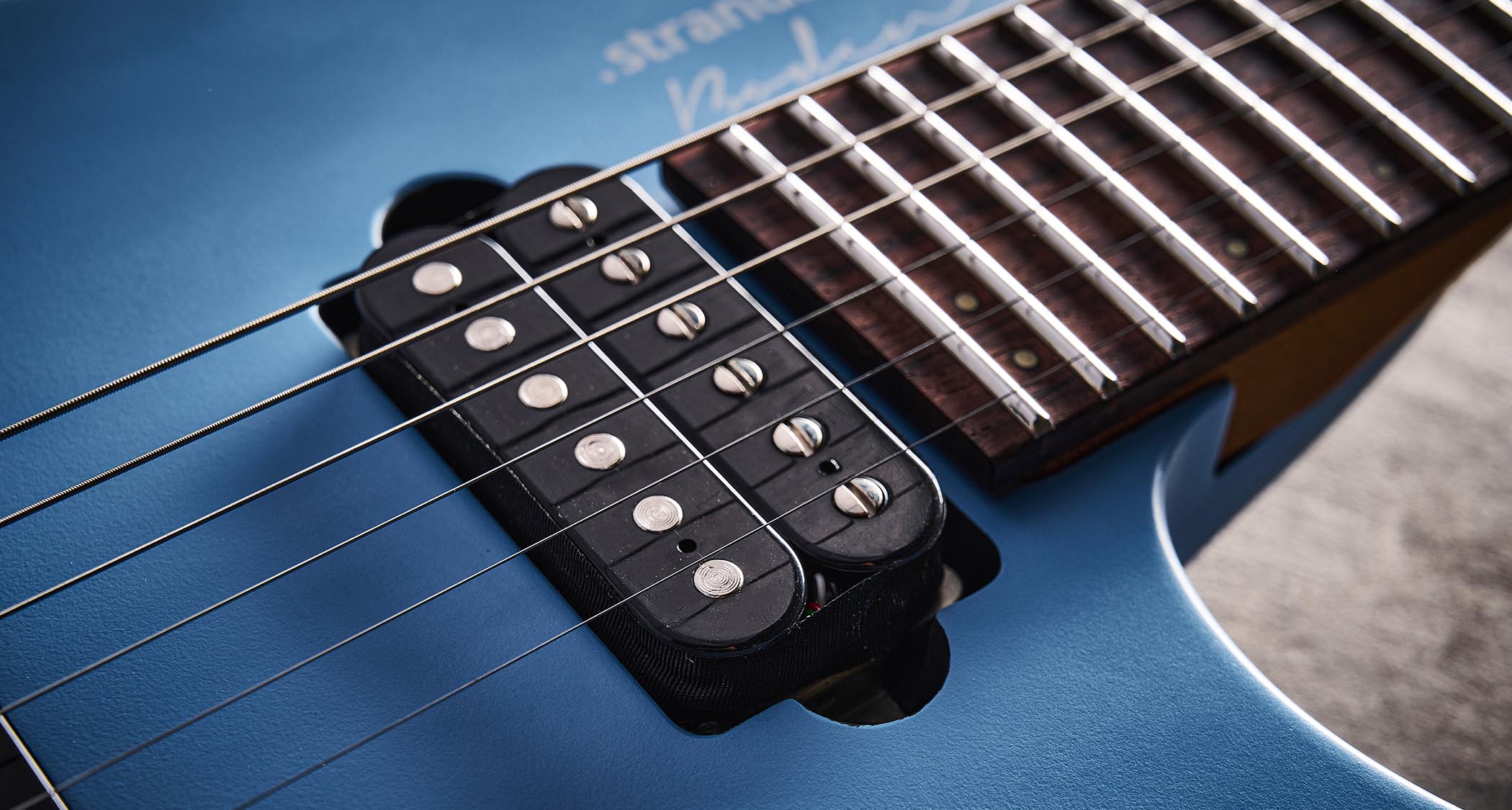
“The next thing that stands out just looking at the instrument, it’s obvious it has a straight scale, rather than a multi-scale. Part of that is to lower the barrier of entry to a more traditional player who would be put off by the multi-scale.
“I think .strandberg* in general, or the Boden design, has balanced the innovative features and a nod to tradition in a way that when people walk through on a trade show they see it out of the corner of their eye and it’s different enough to be interesting – but it’s not so different that you just keep walking.
“It doesn’t scare you off. You stop, you pick it up and then you get the sensation, ‘It’s so light, what’s going on with this neck shape?’ It kind of invites playing.”
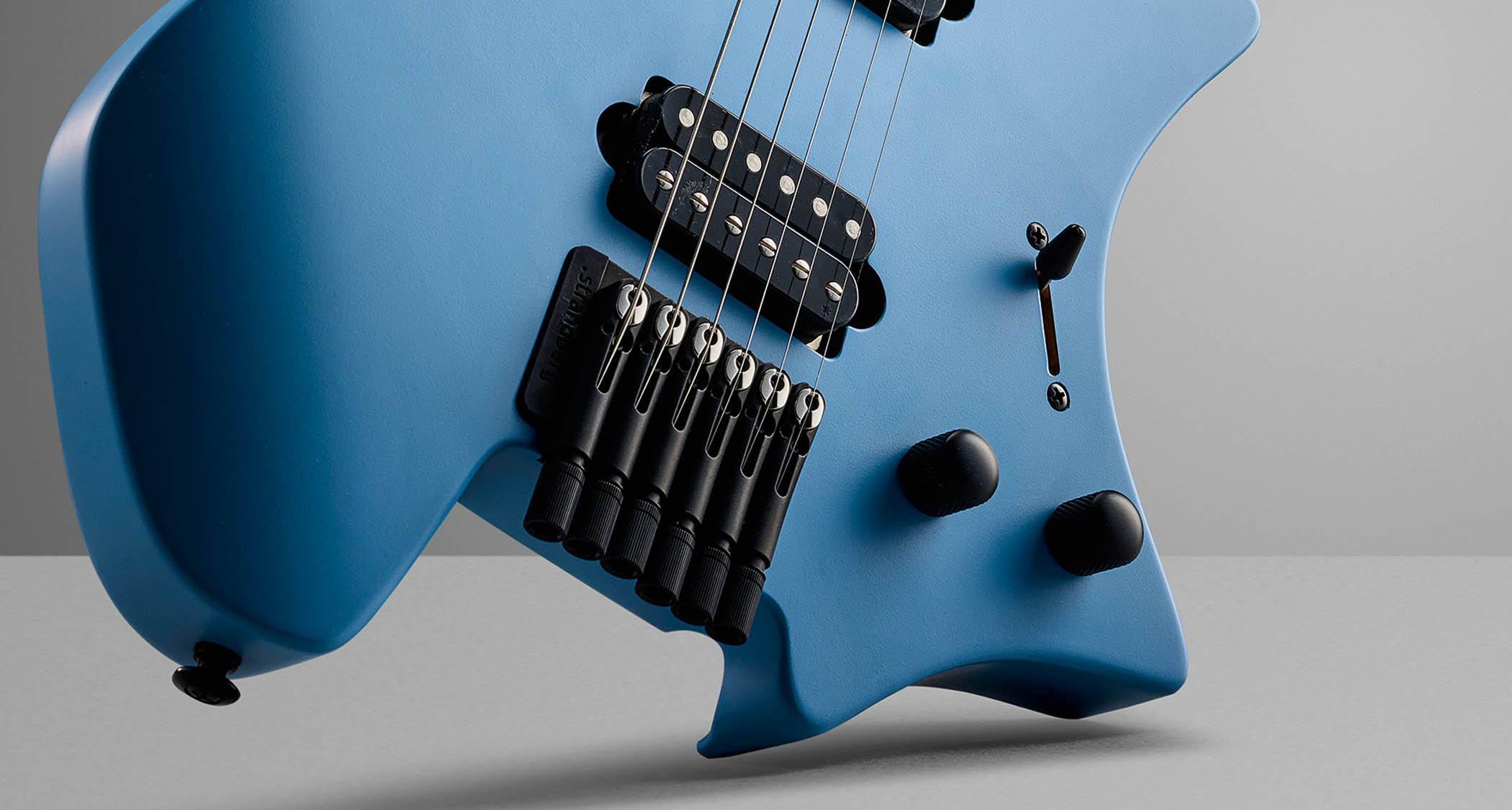
“But I do know the multi-scale still scares some people away. We also wanted it to be more accessible to people from that perspective, to not be scared off by another innovative feature.
“Strictly speaking, the six-string guitar has always been a straight scale, so we can’t really say that’s not the way to do it. But, in fact, our [version of] multi-scale is already very subtle, it’s not contributing that much to the conversation.
“So it is a feature we can sacrifice, so to speak, but still feel okay about it. It is one of the more costly features to install on our guitars, so that also contributes in a big way to lowering the price point.”
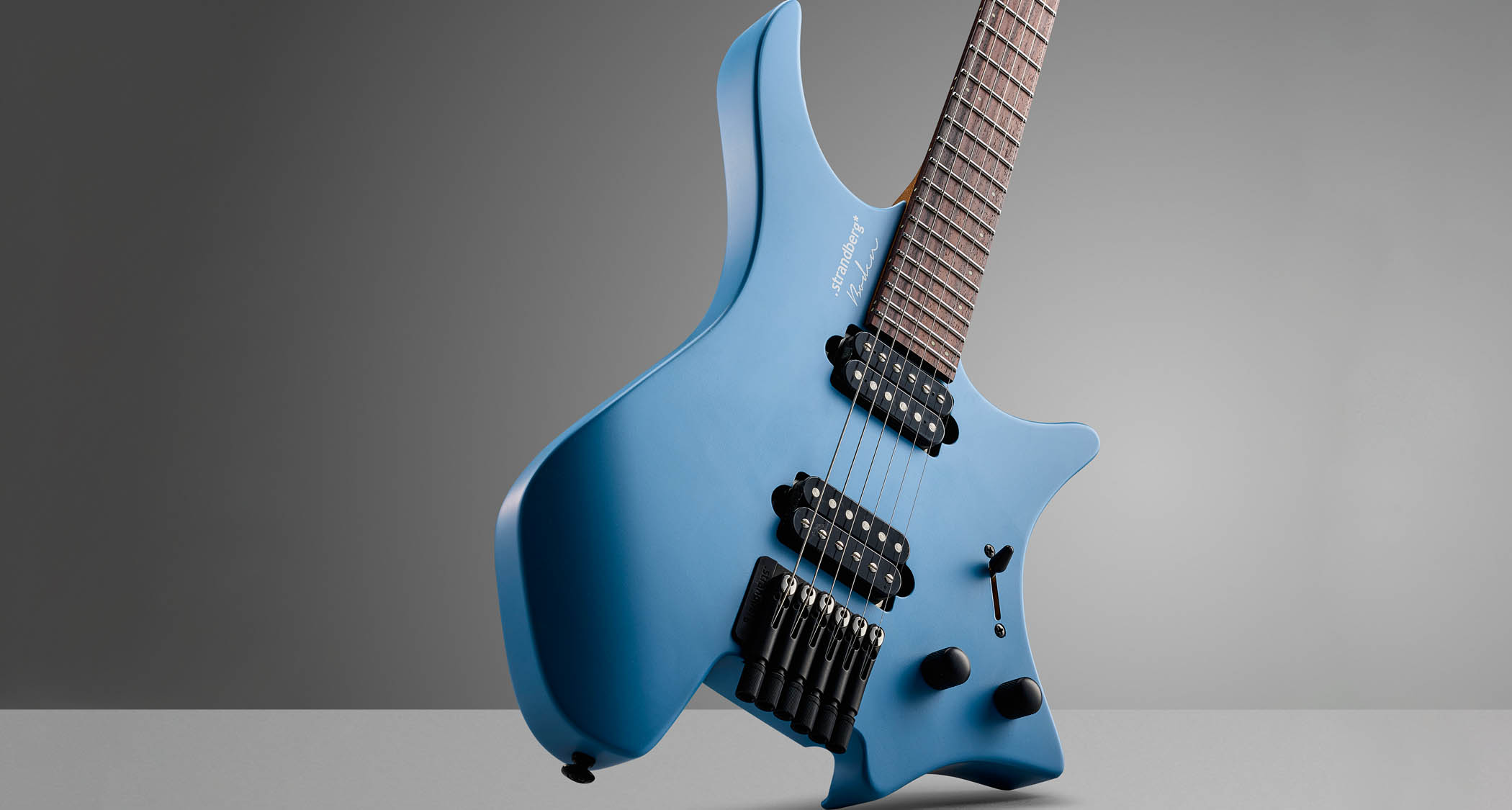
The conventional fretting is one of the more visible changes on Boden Essential, but how about subtler tweaks to the design?
“Well, we also moved away from [using] a zero fret on this guitar. We’ve always had something that looks like a nut but is, in fact, just a string guide – it just places the strings in a sideways orientation, after which they would then run over a zero fret.
“I guess one of the most frequent complaints or questions people have about that design feature concerns wear on that zero fret, which can cause a pingy noise when you do bends. For many, it’s not an issue and [as a design choice] it’s a trade-off.
“For example, I like the fact that when the string rests on a zero fret, you get the same tone and attack as all of the other frets when you play. The price you pay is sometimes having to polish out dents in that zero fret.”

“So in making the instrument more accessible to a larger audience, we introduced a conventional nut. It’s actually the same nut [modified to be fully functional] that’s usually our string guide.
We tried to influence all our decision-making on sustainability and whatever is better for the planet, and that also impacted the choice of body wood
“The string will rest on the nut instead of the zero fret to put it closer to where people are used to, but it also removes one item of periodic maintenance they would otherwise have to go through. That’s a feature that’s probably a bigger change than most other things, since I’ve always used a zero fret.
“Actually, the original reason for [us using] the zero fret was that the bridge has always been made from anodised aluminium, which doesn’t conduct electricity. So what I would do from day one is I would ground the string – just one string – at the bridge end. Then the zero fret would connect the other strings electronically to that point to ground.
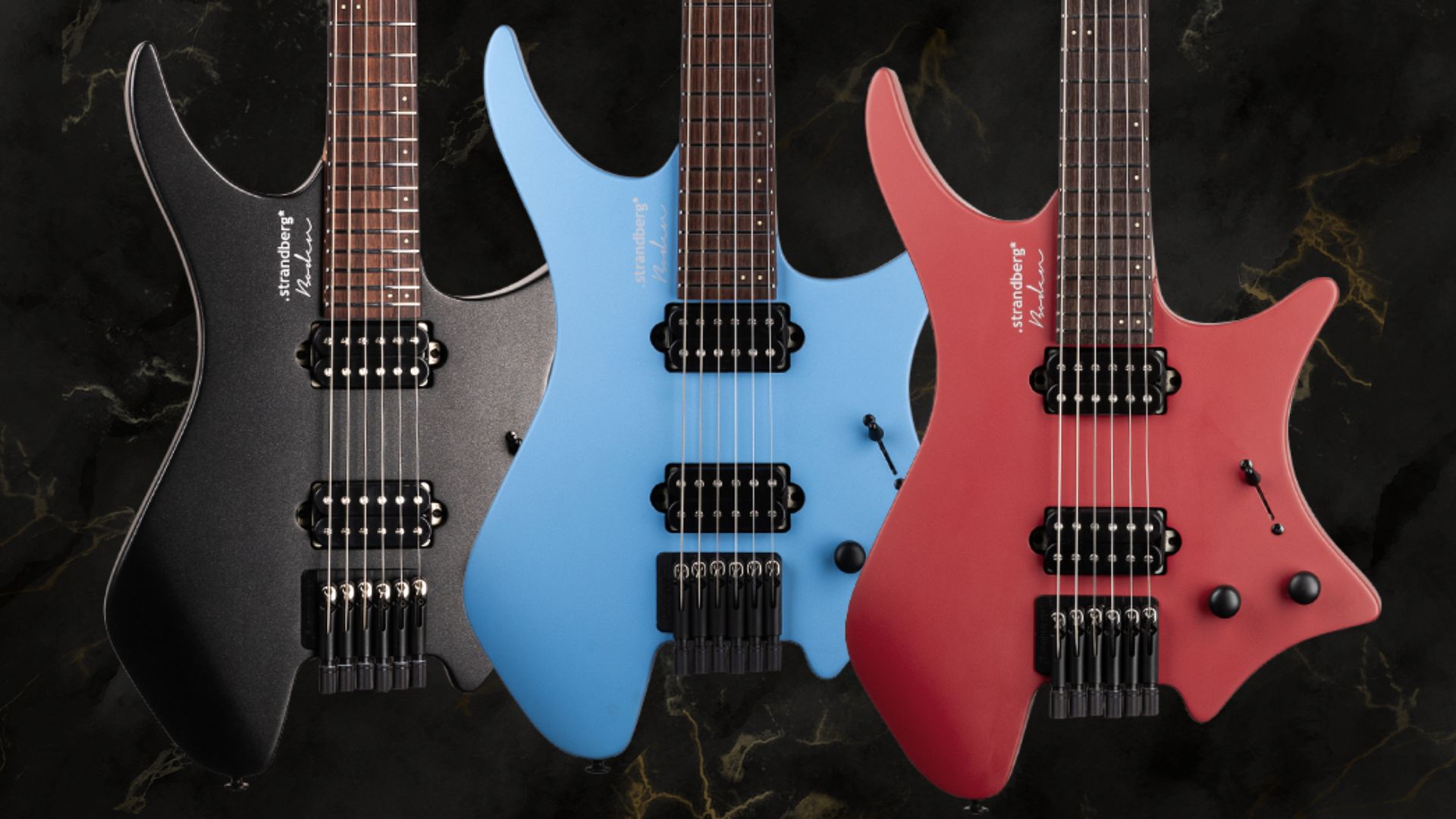
“But the Boden Essential features new-generation [bridge] hardware that we call EGS Arc that is plated and not anodised. It’s made from cast zinc, rather than machined aluminium like on the other bridges. For the first time, we’ll have an electrically conductive bridge – so that was the other reason we could sacrifice the zero fret.
“Another feature [of the new hardware is that] the saddles are oversized compared with what they would need to be to function. That’s because they’re part of the sound of the instrument and we can play with this saddle design a lot; we can change the saddle material and it can influence what the instrument does and how it sounds.
“By doing that, we can offer upgrades for customers. So it’s not just a means of cost reduction, it’s actually a means of introducing new features. By altering the saddle material or the exclusivity factor of the saddles, we can use it in the future for other guitars that are not the Essential.”
How about the tonewoods used?
“We tried to influence all our decision-making on sustainability and whatever is better for the planet, and that also impacted the choice of body wood. We specifically chose a wood, meranti, that grows natively to Indonesia [where the guitars are made].
The pickups that we ended up using are the same ones that we used historically in what we call our Standard line, which are kind of hot-rodded to begin with. They’re voiced in a modern but still traditional way
“We did have several candidates and we picked this because it does what we need it to – it’s mahogany-ish, but it’s also grown locally in Indonesia so we can reduce the amount of shipping needed.
“The other thing is that, previously, for several years we moved away from roasted maple in our guitars because the brittleness [of that material] would cause a lot of tear-out in production, so there was too much [wastage] in the manufacturing. But now we’ve actually changed our processes and machines – we’re in a newer facility at PT Cort with better machines.
“The precision of those machines allows us to get back to using roasted maple without this increased fallout in production. That, I think, is another thing that people will appreciate. Many of our customers and potential .strandberg* customers have been sad about us moving away from roasted maple, so it’s now making its way back. I think those are probably the big things for the Essential.”
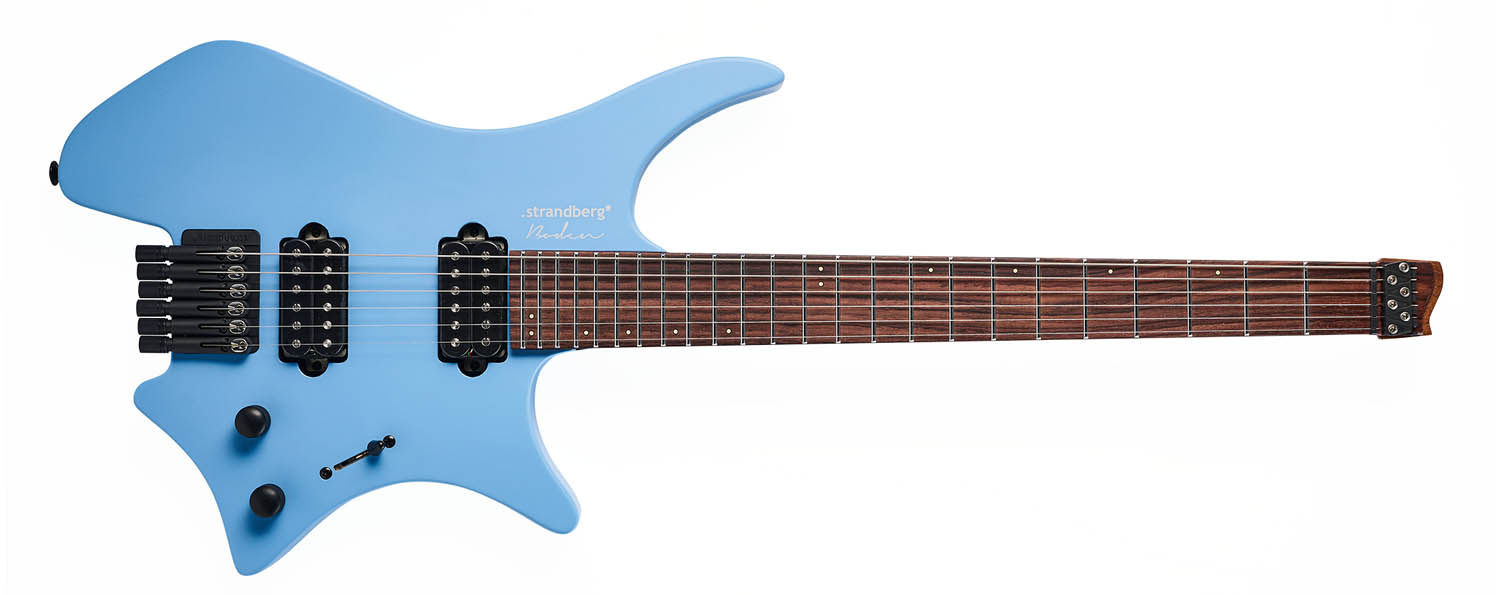
You set out to make this electric guitar more accessible to a wider range of people. Did you change the voicing of the pickups to suit a more traditional customer or stick with the tried-and-trusted originals?
“The pickups that we ended up using are the same ones that we used historically in what we call our Standard line, which are kind of hot-rodded to begin with. They’re voiced in a modern but still traditional way, so they were actually a pretty good fit.
“I guess we originally envisioned cutting more cost on the pickup side, but ended up not wanting to sacrifice anything there. It would have been such a small [cost saving] anyway and people enjoy them.
I think one of the things where I have perhaps succeeded as a designer is historically I’ve been able to quit designing at some point and say, ‘It’s good enough’
“Sticking to these pickups was easy because voicing pickups is a lot of work, actually. Not just work-work, but it’s a lot of elapsed time because it’s such a complex process. Whenever we want to change something, I have to wait for them to be wound.
“We don’t wind pickups in-house, so it means shipping and installing them into a guitar and trying them out. We have done that in the past and it’s a pretty extensive project to do it well. It was pretty easy to just stick with what we had.
“I think one of the things where I have perhaps succeeded as a designer is historically I’ve been able to quit designing at some point and say, ‘It’s good enough.’ We actually get it out there.”
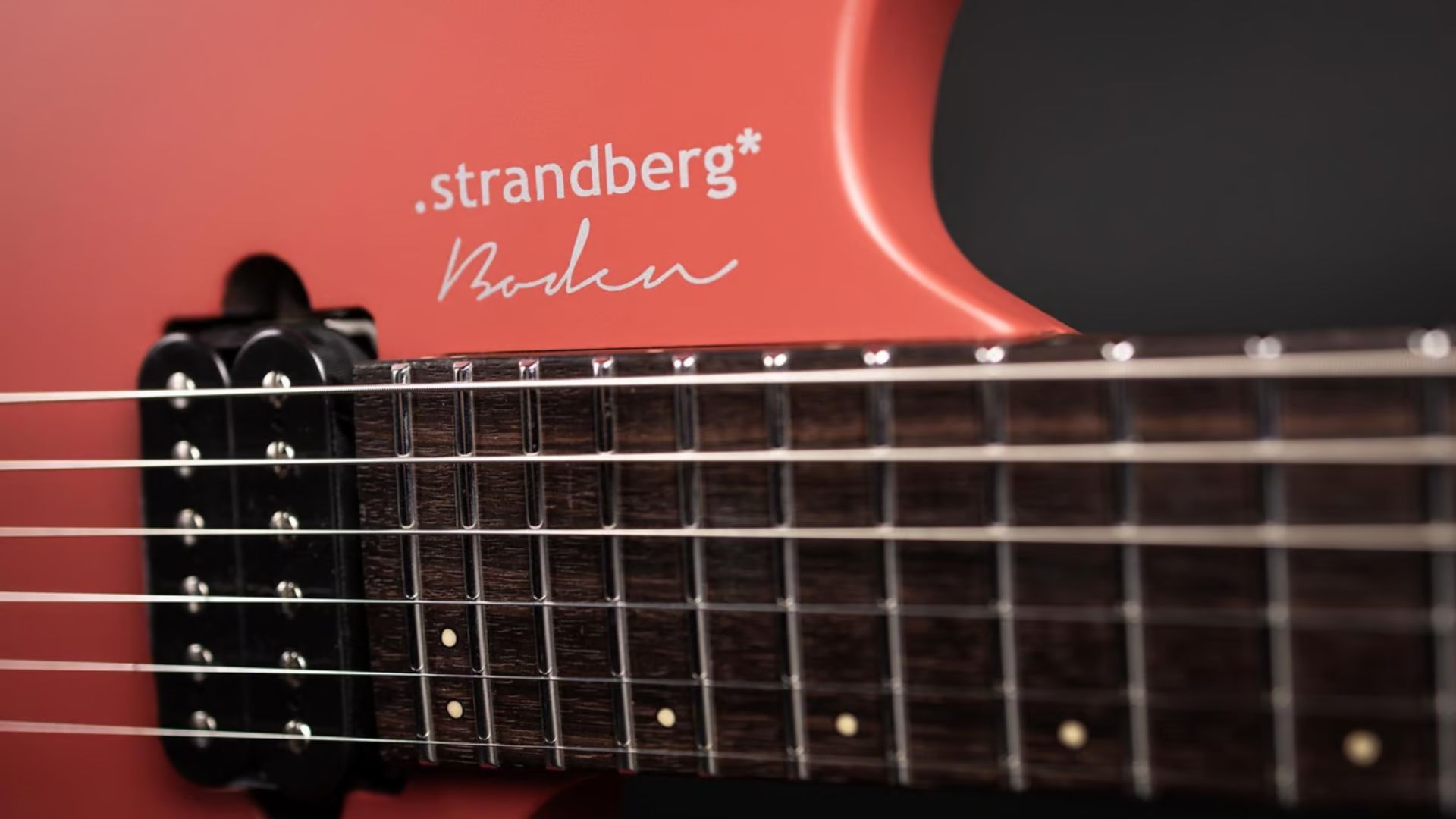
How have people reacted to the new Boden Essential so far?
“I think most people have reacted very positively, for sure. Most of the reactions that I’ve heard have been one of just surprise that we could cram so much into that price point. The conversations that I was part of, people didn’t really reflect over any loss of features, loss of brand values or anything.
“It’s more one of, ‘How could you make a .strandberg* this affordable?’ It is truly a .strandberg* instrument. I hope you’ll get an opportunity to play one – it resonates and vibrates like a .strandberg* guitar should. I don’t think anyone will be disappointed when they try it.”
- For more details, head over to .strandberg* Guitars.







